I am one of the guilty ones. I’ve eaten and enjoyed foie gras a good portion of my life. My guilt is somewhat assuaged by the innocence of youth.
Being raised by a French mother and having spent four years of my childhood in France, this was a part of my heritage. Indeed, in those days, foie gras was a regular part of our meals. The appeal, for those who have tasted this delicacy, is easy to understand; it’s rich, buttery flavor, described by some as beefy, is so smooth in texture that it almost melts in your mouth. Of course, in my defense, I had only the vaguest notion of how this savory treat was made.
What is Foie Gras
So, what exactly is foie gras? Literally, translated from French, it means fat liver. It is made from the livers of ducks and geese. The difference between the two being cost (goose liver is the more expensive) and taste (goose liver tends to be milder, a bit sweeter and a little creamier in texture).
The Making of Foie Gras
The history of foie gras dates back 4000 years. The Egyptians, who hunted and eventually domesticated geese, found that these birds developed large livers when they ingested the large amounts of food, which their bodies demanded for the rigors of their annual migrations.
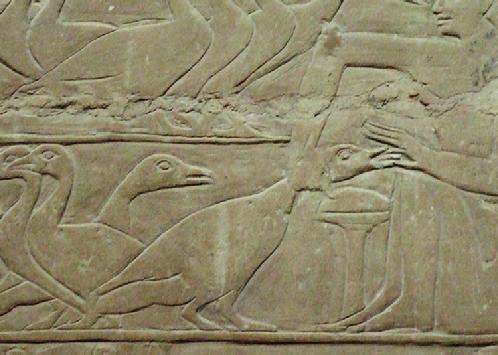
Closeup Egyptian tomb relief showing the feeding of ducks. Courtesy – artisanfarmers.org
Over time, they developed a technique known as “gavage” to produce a bird with a fattier, larger liver. This was done, essentially, by hand feeding. Eventually, this practice was adopted by the Greeks and later by the Romans, who made foie gras itself into a delicacy and introduced it throughout the Mediterranean and the rest of the empire.
It was not until the late nineteenth century and the period after the first World War that foie gras became popular in the United States, the result of ever greater numbers of Americans travelling to Europe and bringing their epicurean experiences back home with them.
Foie Gras Today
Today, foie gras is primarily produced by ever larger farms using more “efficient” means to fatten these birds as quickly and cost-effectively as possible. In other words, whatever humanity which may have been involved in the over-feeding of these creatures in ancient times has given way to an unimaginable cruelty of which very few consumers are aware.
Troubling Issues for Ducks and Geese
Now, pipes are jammed down the throats of male ducks twice a day, delivering up to 2.2 pounds of grain and fat directly into their stomachs. Geese are even less lucky; they are subjected to this process three times a day with up to 4 lbs. of food pumped into them. This causes their livers to swell to up to ten times their normal size. The result is birds that often cannot even stand anymore, thanks to their expanded abdomens and excessive weight.
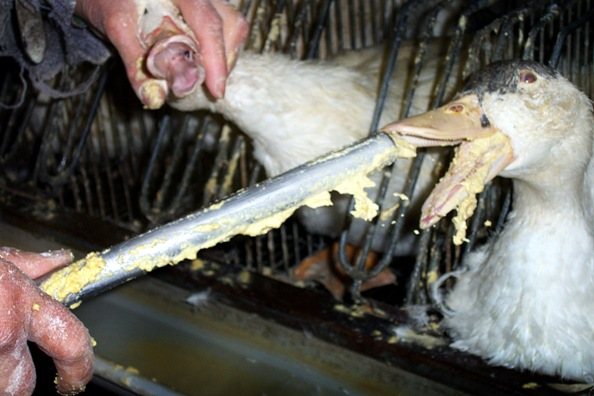
(c)stopgavage.com Photo: Peta.org
To facilitate efficient feeding, the birds are kept in tiny cages or crowded sheds, often not much larger than the battery cages used for chickens, which, thankfully, are slowly being banned in one state after another. In this environment, these normally clean creatures find themselves unable to bathe or even groom themselves. The results are; birds coated in excrement, birds with infections of their feet, damaged esophagi, fungal infections, and even fractures of the sternum. Some die, essentially choking to death on their own vomit or from the pneumonia, which occurs when their feed finds its way into their lungs.

Courtesy: Farm Sanctuary
Female Ducks are “No Value”
As foie gras is made from only the livers of male ducks, all the female ducklings are of little value and are, therefore, simply tossed into grinders, alive, for processing into other products like cat food. In France alone, which accounts for 78% of world production, an estimated 37 million ducks and 700,000 geese are slaughtered every year. The lucky males, by contrast, who, in the wild, have lifespans of 10 to 15 years, are killed when they are as young as four months old.
Status for Foie Gras Around the World
Thanks to an increase in knowledge and the efforts of animal activists worldwide, foie gras and/or its production have been banned by most first-world countries (those with advanced economies and high standards of living).
Production in the European Union was banned in 2004 in member states, though, sadly, an exemption to that prohibition allows it to continue where it was “in current practice.” Many other nations, as diverse as Argentina, Israel and Turkey have, likewise, instituted bans on production. Unfortunately, many of those states that have outlawed the practice of force-feeding still allow the importation of the results thereof.
Foie Gras in the United States
In the United States, as is often the case on issues of animal welfare, California has led the way. In 2004, California enacted a law banning the “force feeding of a bird for the purpose of enlarging the bird’s liver beyond normal size.” While this in itself was a huge step, the law took a huge leap forward from there and also banned the sale of products derived from that process. Therefore, the sale of all foie gras products, including imports were banned from the state. The law went into effect on July 1, 2012.
Two and one-half years later, a federal district court ruled the portion of the law banning the sale of foie gras products – essentially imports, as the ban on force-feeding remained intact—was preempted by federal law, specifically the Poultry Products Act. California Attorney General Kamala Harris was thus prohibited from enforcing the law. AG Harris appealed, and the decision was overturned in 2017. The Supreme Court of the United States refused to hear an appeal of the over-ruling and thus allowed the law in its entirety to take effect as of January 8, 2019.
Hopefully, with the rights of states to disallow the importation of products deemed to be the result of inhumane practices now a settled question, more states will follow California’s lead.
Vegan Options
For those who love(d) foie gras and are loathe to give it up, do not despair: Vegan options abound. There are more than you could ever hope to try on the internet. Though this writer must honestly admit to having never tried a vegan substitute for foie gras, it is an experience I look forward to availing myself of the next time the opportunity presents itself. Especially now that highly regarded chefs are creating so many new and interesting alternatives. Michelin-starred Chef Alex Gauthier, for example, offers a recipe “based on lentils, walnuts, shallots,” stating that “if you serve that on toasted bread, it’s actually better than foie gras.” The reader’s reviews are welcome.
Author bio:
Jean Paul Olmsted lived in France for four years as a child, Japan for four years as a teen, and Germany for two years as a soldier. He has a masters in political science and is currently based in southern California. Jean Paul has authored six self-published novels including the Mayor of Pig Town and currently co-owns the Hawaii Invitational Tennis Tournament. He is a lifelong animal lover and activist who has been owned by more pets of all types (from monkeys to ferrets to skunks) than he can remember. He has been a volunteer with Crate Free USA since its inception.
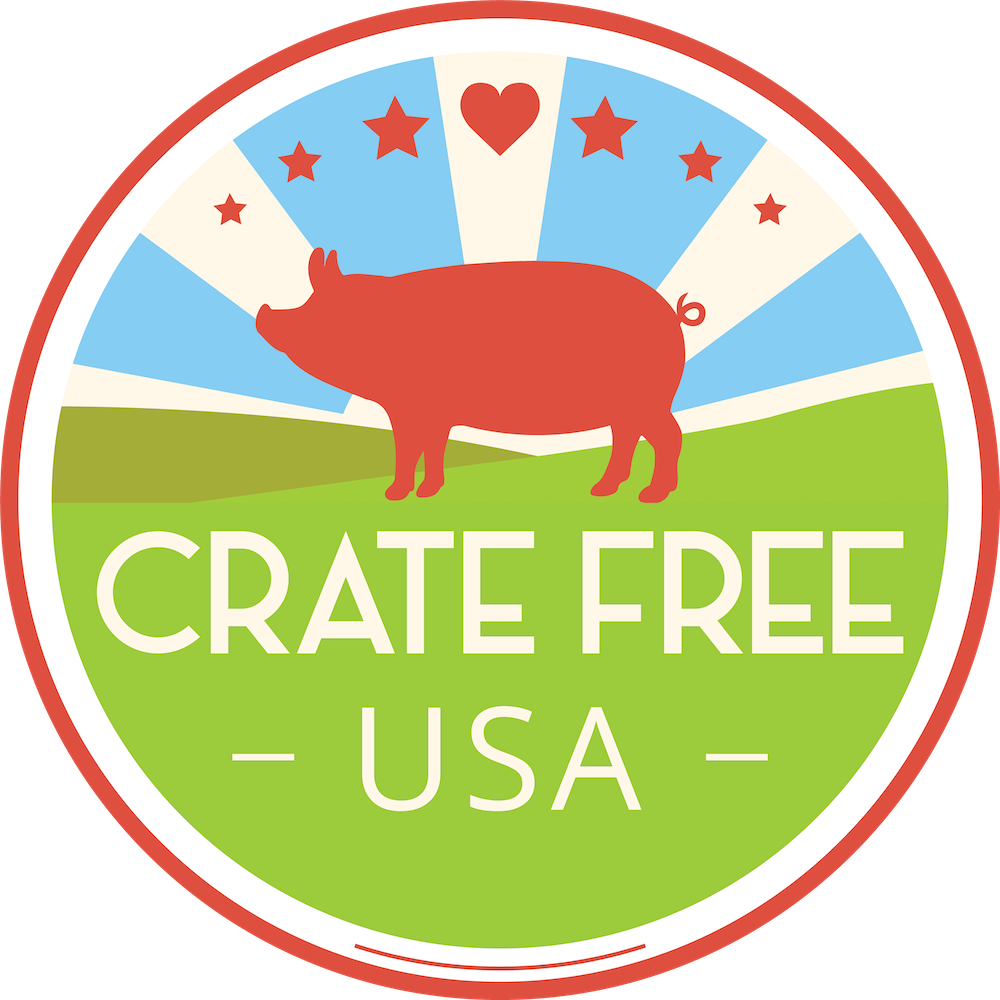
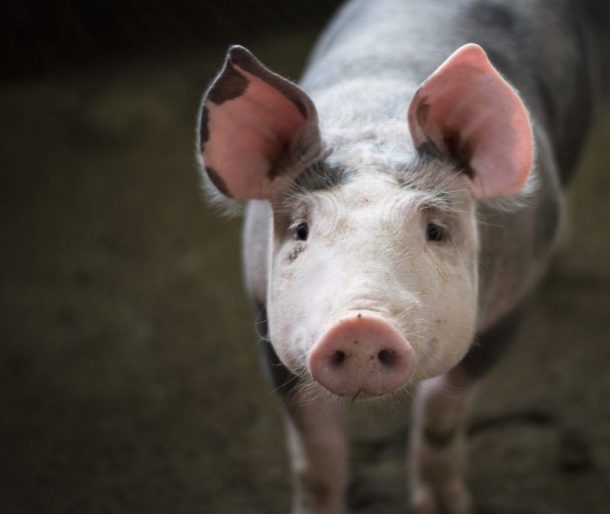

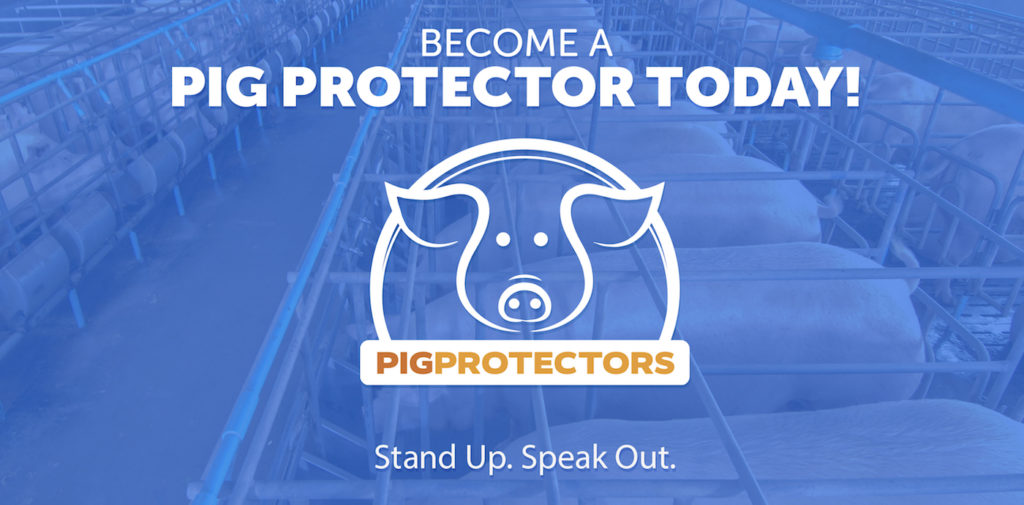
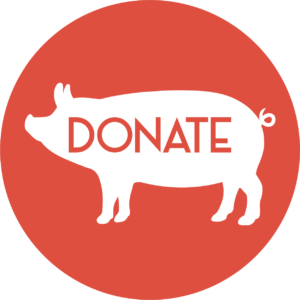

Please stop this inhuman treatment of animals
Disgusting humans barbaric cruelty to these animals humans are evil 👿😡😢💩
Once more the selfish human abusing these innocents… is like a holocaust been revive every single day 😡
I have known this for years and have seen it in France. It is absolutely abhorent. No living creature should be treated like this. It is ghastly for the creature and it demeans us, as human beings.
Terrible suffering for these poor birds it must end
Stop this cruel disgusting practice now . No creature should suffer like this
Barbaric practice. End it!!!!!
Despicable that cultured people think this cruelty is anyway acceptable in this day and age. A barbaric way to treat innocent animals. Fortunately is isn’t so acceptable in the UK although it is available.